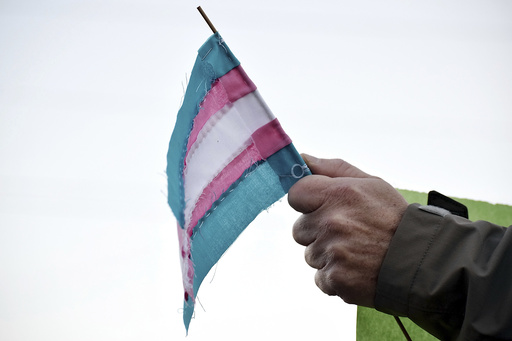Wednesday signifies Transgender Day of Remembrance, which serves to honor the memory of transgender individuals who have lost their lives due to violence. Here’s an overview of the significance and context surrounding this important day.
Transgender Day of Remembrance occurs annually on November 20 and was established in 1999 to pay tribute to Rita Hester, a trans woman who was murdered in Massachusetts. This day marks the culmination of Transgender Awareness Week, which aims to enhance public understanding of the transgender community and the challenges they encounter.
According to estimates from the Williams Institute at UCLA Law, there are over 1.5 million transgender individuals in the United States aged 13 and older. The report indicates that transgender individuals face a risk of violence that is more than four times greater than that of non-transgender individuals.
To commemorate this day, various events such as candlelight vigils and memorials are organized. In tandem with the observance, the Human Rights Campaign publishes its yearly report detailing the deaths of transgender individuals resulting from violence.
Additionally, International Transgender Day of Visibility, which is dedicated to fostering awareness of transgender people, is celebrated in March each year.
Over the past year, at least 36 transgender individuals have reportedly lost their lives due to violence, according to the latest annual report from the Human Rights Campaign. Since 2013, the organization has documented a total of 372 deaths among individuals who are transgender or gender-expansive, a term that describes those with a broader spectrum of gender identity or expression beyond the traditional binary classification.
It is important to note that the actual number of victims may be higher, as many cases go unreported or are inaccurately reported. Instances of misgendering can also delay proper identification of the deceased. The report noted a slight rise in fatalities from the previous year, which recorded at least 33 transgender murder victims.
A significant portion of the victims from the last year were young individuals or people of color, with Black transgender women making up a substantial half of the identified cases. The youngest victim reported was Pauly Likens, a 14-year-old from Pennsylvania.
Firearms were involved in approximately two-thirds of the reported fatalities. Additionally, nearly one-third of the victims whose assailants were known were killed by intimate partners, friends, or family members.
In the political context, this year’s remembrance follows an election cycle in which experts argue that victories by President-elect Donald Trump and other GOP candidates who campaigned on platforms that included restrictions on transgender athletes have dealt a blow to transgender rights. Furthermore, numerous measures have been enacted in Republican-led states this year that restrict the rights of transgender individuals, particularly youth.
Currently, half of the states have prohibited gender-affirming medical care for transgender youth, with a significant case set to be argued next month in the U.S. Supreme Court regarding Tennessee’s ban. Advocates express concern that this legislation and accompanying rhetoric are diminishing safe spaces for transgender individuals, heightening fears that such actions could lead to an increase in violence against this vulnerable community.
